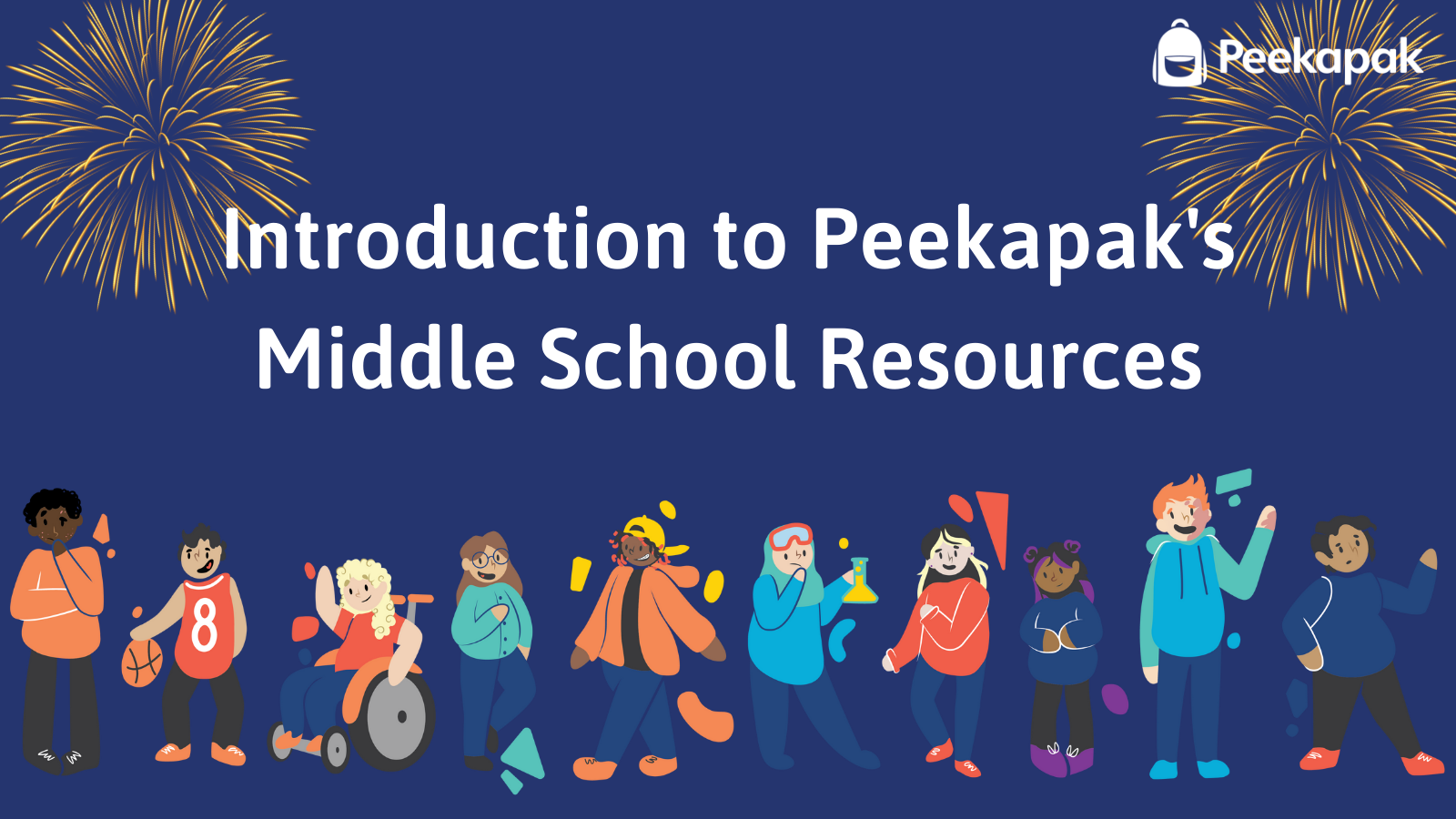We all remember middle school. That time in our lives that we’re not exactly little kids, but not exactly teens either. That time when everything seems to change – whether it be physically, mentally, or behaviorally. Wishing there was some master key to give us all the answers. Now although we do not have a master key, we do have a tool to prepare for many of those middle school changes and changes/challenges the rest of students’ lives – Social Emotional Learning.
Social-Emotional Learning in Middle School
According to CASEL, social-emotional learning (SEL) can be defined as how people acquire and apply information, skills, and attitudes to manage emotions, create and maintain positive relationships, make responsible decisions, develop health identities and achieve goals. Social emotional learning in middle school helps adolescents navigate difficulties such as new demands in school, social life, intense new emotions, and distance from adults. SEL strengthens their ability to reflect and analyze difficult choices they are faced with. Offers adolescents the chance to gain status and admiration in the eyes of people whose opinions they value. Check out Peekapak’s alignment with CASEL here.
A report found an average return on investment for six evidence-based SEL programs that for every dollar invested there is an $11 return. Reports also found that about 27% more students improve their academic performance at the end of the program and 24% more students have improved social behaviors and lower levels of distress. The many benefits of social emotional learning in middle school can’t be denied (CASEL, 2022).
Peekapak Middle School SEL Solution
What Is It?
Peekapak’s middle school SEL program was designed to support educators in teaching social emotional learning in middle schools (grades 6-8 students). Our middle school social emotional learning units were designed with respect to Guerra and Bradshaw’s empirically designed adolescent social-emotional model, the CASEL framework, adolescent development research As well as teacher and student insight. Due to all this, we believe Peekapak Middle School to be well-researched, relevant, and appropriately matched to grade 6-8 skill levels.
Research Behind Peekapak Middle School SEL
Peekapak Middle School is based on educator focus groups, in-depth interviews with industry-leading experts and adolescent development research insights. Our curriculum is designed to honor differences and diverse cultural practices by providing a wide range of experiences for children to learn from through our stories and offering various strategies and tips for both teachers and students based on diverse learning styles, cultural backgrounds, and student needs. Peekapak’s emphasis on literacy and storytelling to teach social emotional skills is supported by numerous studies. When children connect with a story emotionally, it can improve their attitude towards books and reading, especially for struggling readers. To view the full report of Peekapak’s research-informed middle school curriculum, click here.
6 Core SEL Units
Our middle school program has six units, all aligned with CASEL. Units include: a Peekapak and SEL Intro, Identity & Self-Awareness, Stress & Regulation, Decision-Making Skills, Belonging & Peer Influence, and Empathy & Conflict Resolution.
Our units are all aligned with Casel and the Guerra & Bradshaw model:
- Unit 1: Identity and Self-awareness
- CASEL alignment: Self-awareness
- Guerra and Bradshaw’s model: Positive sense of self
- Unit 2: Stress Management and Regulation
- CASEL alignment: Self-management
- Guerra and Bradshaw’s model: Self-control
- Unit 3: Decision-making
- CASEL alignment: Responsible decision-making
- Guerra and Bradshaw’s model: Decision-making skills
- Unit 4: Belonging and Peer Influence
- CASEL alignment: Relationship skills
- Guerra and Bradshaw’s model: Prosocial connectedness
- Unit 5: Empathy & Conflict Resolution
- CASEL alignment: Social awareness
- Guerra and Bradshaw’s model: Moral system of belief
Comprehension Assignments
Within each unit, there are comprehension assignments that can be assigned by teachers, which allows students to check their understanding and clarify the key topics introduced in the unit. By answering these questions, students are better able to grasp the key takeaways of the lesson and apply these concepts to their lives.
Human Interest Stories
At Peekapak, we focus on real human interest stories as the heart of our middle school lessons. These engaging stories tell real-life struggles, wins, regrets and reckonings. Our stories include a variety of perspectives from a diverse group of individuals with different backgrounds and life experiences. These multicultural stories create cultural awareness, allow students to think critically, and decrease ethnocentrism. By hearing stories of people with diverse and unique abilities, beliefs, and backgrounds, students can reflect on those similarities in their own lives or the distinctly different circumstances/events from what they know in their lives.
Personalized Student Checklists
To address all students’ learning, Peekapak has created to-do lists for students. The To-Do List is an easy way for students to see what tasks and assignments are outstanding, in progress, and/or submitted. To-do list items appear as soon as the teacher assigns an activity. Teachers can assign an activity, challenge, or even slides to their students. Navigation and keeping track of assignments is easy with labels on each assignment to say not started, started, in progress, or submitted.
At Peekapak, there is so much we have to offer. Check our website to learn more about our middle school program. Want to try it for yourself? Make sure to sign up for the 14-day free trial to see Peekapak Middle School in action.
Sources
CASEL. (2022, May 26). What does the research say? CASEL. Retrieved May 27, 2022, from https://casel.org/fundamentals-of-sel/what-does-the-research-say/




